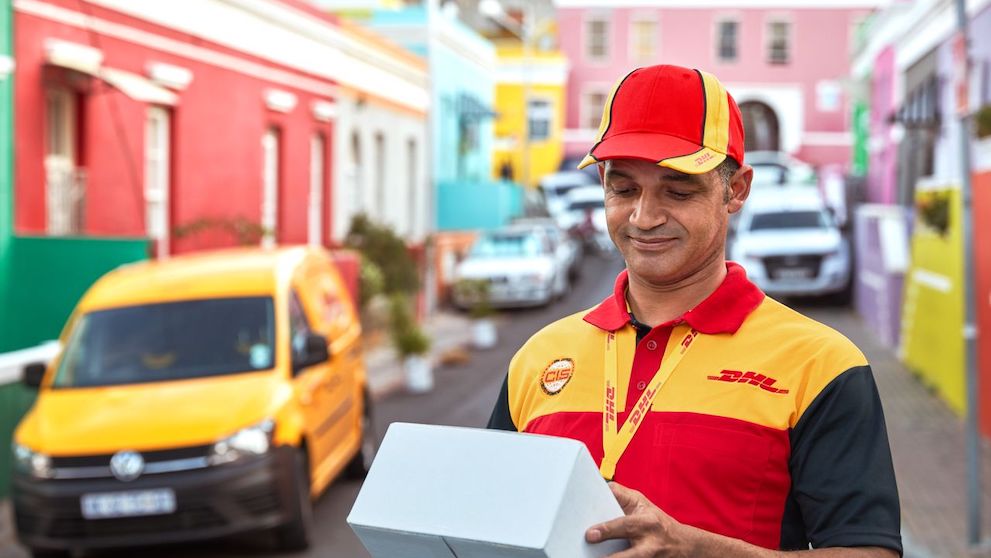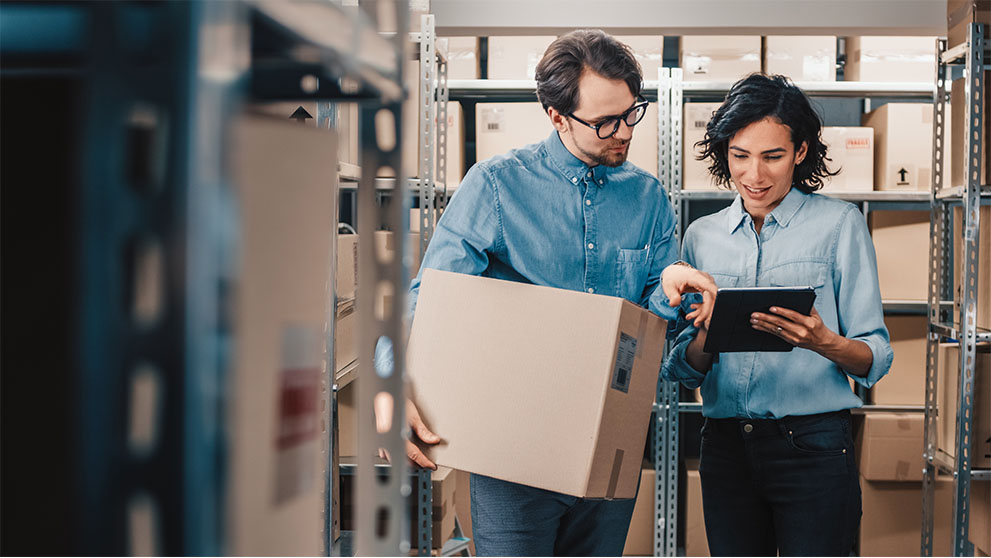Proper shipping preparation is essential for successful delivery of goods to destinations around the world. Knowing the right packaging material and how to package your products can mean the difference between a damaged or delayed item and one that’s safely and securely shipped on time. All businesses, large or small, need reliable transportation solutions that guarantee their products will arrive safely in perfect condition at their destination. Fortunately, by taking some simple steps, you can not only make sure your shipment succeeds but also save money in the process. This guide will cover packaging material usage that is safe for shipping, so businesses and individuals looking to ship packages have the tools they need to ensure successful delivery.
The importance of packaging materials
Quality packaging is essential for businesses seeking to make a lasting impression on their customers. In addition to protecting products from the possibility of being damaged during transit, packaging promotes a sense of trust among customers that reassures them about the quality and reliability of the product. This in turn helps reduce the need for costly replacements and enhances customer satisfaction, paving the way for a steady relationship between you and your buyers. A package that is securely sealed displays attention to detail as well as quality control; factors which are quintessential if a business seeks to nurture and retain its customers. Therefore, choosing suitable packaging materials plays an integral role in aiding businesses to reach success.
Commonly used packaging materials for shipments
1. External materials
The external materials used in packing make up the outer packaging used for shipping products and are also essential for protecting the items in transit. These are some of the common external materials that are frequently used to keep packages safe while they’re on the move:
1. Corrugated cardboard boxes
Corrugated cardboard boxes are sturdy and dependable. A significant reason for their appeal lies in their multiple sizes and layers that can accommodate a variety of products.
1. Durability
Durability is key to safe shipping as it prevents any damage while in transit. It is important to choose packaging materials that are durable enough to protect products against any external force or environmental hazards they may experience during shipment.
2. Perishable items
For perishable food items, an insulated styrofoam container can ensure the freshness of the product, and adding a watertight plastic liner will prevent any thawing or melting.
3. Cost
Cost is also something to consider; packaging material should not be so expensive that it gets transferred into a higher price for the customer. Finding a packaging material that is widely available and cost-effective is ideal as it ensures that both parties benefit from its purchase.
4. Easy to use for you and your customers
User-friendly product packaging should always be taken into consideration when selecting packaging materials for products. The packaging process should be fast and efficient, otherwise you may incur increased costs. The easier it is to use, the more cost-effective it will be for any business. This also extends to the customer. If the packaging is difficult to open or remove, or damages the item in the unboxing process, then it may negatively impact their experience.
5. Sustainable packaging
By choosing packaging materials that promote recyclability, you are actively driving sustainable business operations and doing your part in reducing your carbon footprint. These small changes can help make a big difference in your customer satisfaction and environmental impact.
How do you package items for safe shipping?
1. Small products
Smaller objects are more likely to get damaged if they are not packed with fillers or if you don't use the right size of shipping box. An online shipping box calculator can help you figure out what size you need. Once you have packed your items, make sure the box is sealed with duct tape. You can also put the shipping label on the package so your courier team knows what is inside and will handle your shipment appropriately.
2. Big products
When you ship large objects, you need to make sure the box is strong enough to hold the weight of the object. If the package is not strong enough with just one box, you can wrap it in shrink film and then put it in a new box. When pasting the labels, it should be placed on the larger outer box. If the object can be taken apart, it is safer to put the components in individual boxes before shipping.
3. Fragile goods
It is safe to ship fragile goods as long as you take extra precautions. Find a secure and resilient mailing box that's fit for the purpose of packaging fragile items. Wrap them carefully in two to three layers of bubble wrap, while ensuring you don't use too much tape as this may cause bubbles to burst which will reduce their ability to protect your item. Once placed inside the box, use eco-friendly filling materials such as recycled packing paper or biodegradable plantable paper shreds to provide cushioning and improve customer perception positively towards your brand. Seal your package with heavy-duty duct tape and affix 'Fragile' stickers across all sides of the package so handlers know what due care should be taken when handing over product deliveries.
4. Oddly shaped products
Oddly-shaped objects often require more than your typical run-off-the-mill shipping solution. From furniture to car parts, sports gear and beyond, special consideration must be taken for wrapping and packaging these unique items before they can hit the road. Shrink film is a great way to protect larger pieces like sofas or armchairs while internal materials are ideal solutions for smaller goods as they offer an extra layer of protection against damage in transit.




































